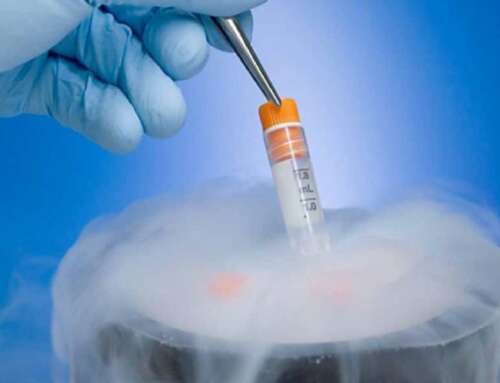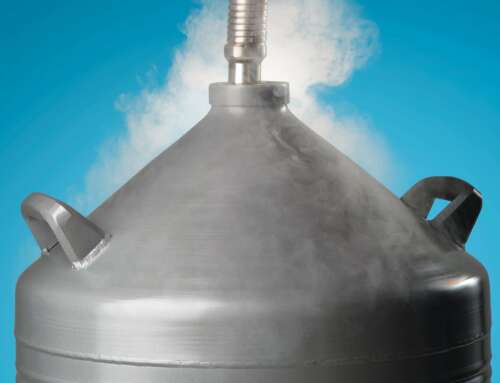In industries dealing with cryogenic temperatures, such as liquid nitrogen, oxygen, argon, and other industrial gases, the choice of efficient insulation for piping systems is not only about operational efficiency. It is also about preserving product quality, ensuring safety, and maintaining tight temperature and flow tolerances. Choosing the best piping design and insulation type for cryogenic applications requires serious consideration of several crucial aspects.
This blog examines the five key considerations for choosing the proper cryogenic piping insulation.
What is Cryogenic Piping Insulation?
Cryogenic piping systems that move fluids at very low temperatures—typically below 100°C (-148°F)—use a special insulation design to prevent heat transfer caused by conduction, convection, and radiation. This special insulation consists of several layers of a combination of reflective and spacer materials, placing an inner tube inside an outer tube and removing gas molecules from the space between the inner and outer tubes (annular space).
These design components are crucial for maintaining low temperatures within the piping system for the safe and efficient transfer of cryogenic liquids such as liquid nitrogen (LN2), liquid oxygen (LOX), liquid argon (LAR), and other industrial gases.
Dive Into The Key Factors For Choosing Cryogenic Pipe Insulation
Thermal Efficiency: Cryogenic piping insulation primarily reduces heat transmission from the surrounding air to the cold pipework that holds cryogenic fluids. As a result, the insulating material’s thermal performance is crucial. The insulation should have a low thermal conductivity to efficiently decrease heat transfer and maintain cool temperatures within the piping system.
Thermal conductivity: It gauges a substance’s capacity to transfer heat. Lower heat conductivity values indicate better insulation efficiency. Because of their low heat conductivity, materials such as cellular glass and vacuum jacketed piping (VJP) are good options for cryogenic applications.
Temperature Spectrum: It is essential to ensure the insulating material can withstand and provide efficient insulation within the cryogenic temperature range for a particular application. Choosing insulation for extremely low temperatures is important because some materials can become brittle or lose effectiveness in these settings.
Thickness: The insulating layer’s thickness is essential to achieving the appropriate level of heat resistance. The ideal insulation thickness will be determined by calculations based on environmental factors and the necessary temperature maintenance.
Protection of the Environment and Vapor Barrier
For liquid nitrogen insulation to be effective, a vapor barrier must be included to stop moisture from penetrating the insulation layer. Moisture intrusion can significantly reduce the insulation’s efficiency and prevent the piping underneath it from rusting. A well-designed vapor barrier is necessary to preserve the integrity of the plumbing system and long-term insulation performance.
Material Compatibility: The type of cryogenic fluid being moved and the insulating material used should comply with the vapor barrier material. It needs to be resilient enough to endure even the most inclement weather conditions.
Integrity of Sealing: The vapor barrier’s penetrations, seams, and connections must be sufficiently sealed to prevent moisture ingress. Therefore, it is essential to select components and installation methods that guarantee a continuous, long-lasting barrier.
Durability and Mechanical Strength
Cryogenic insulations must endure certain mechanical stresses without losing their insulating qualities, such as handling during the installation process, operational loads, and possible impacts. Mechanical strength and durability are essential considerations to guarantee the durability and dependability of the insulated system.
Flexibility: Materials for insulation in specific installations must be able to bend or fit into certain shapes without losing their insulation’s integrity.
Moisture Resistance: To avoid ice, frost, or rust building up on the pipe surface, which can eventually deteriorate the insulating material and the piping system, cryogenic piping materials need to be resistant to moisture.
Installation Needs and Challenges
The ease of installation and long-term maintenance issues should be considered when choosing the most suitable cryogenic system. The complexity of the installation process or the need for specialist equipment could affect a project’s budget and schedule. Piping options that satisfy performance criteria and are reasonably simple to install should be selected. Important installation factors consist of the following:
Handling Ease: Certain insulating materials are more straightforward to transport, cut, and install than others. However, aspects like weight, flexibility, and compatibility with installation methods must be considered.
Joint Design and Sealing: To preserve the insulation’s integrity, ensure the insulation system has provisions for appropriately sealing joints and connections.
Maintenance Requirements: Consider long-term maintenance requirements, particularly for installations in difficult or distant locations, such as accessibility for inspections and repairs.
Life Cycle and Cost Analysis
Lastly, it is vital to consider the cryogenic piping system’s entire life cycle performance when assessing its cost. Though upfront expenses are significant, consider the long-term advantages and cost savings of superior insulating systems.
Some important cost-related factors are:
Material Costs: Examine the initial expenses of several insulating materials while considering their durability and performance attributes.
Energy Savings: Determine how much energy might be saved using more effective insulation to reduce thermal losses. Over the insulation’s life cycle, energy-efficient designs can result in significant operational cost savings.
Upkeep and Replacement Costs: To determine the overall cost of ownership for the insulation system’s life, account for predicted service life and maintenance requirements.
Conclusion
A thorough assessment of thermal efficiency, mechanical strength, vapor barrier efficiency, installation requirements, and economic factors is necessary to select the best cryogenic pipe insulation. An effective insulation system is a critical investment for cryogenic infrastructure projects since it not only guards against heat losses but also improves operational safety and lowers lifecycle costs.
Technifab prioritizes customer satisfaction with expert-level cryogenic solutions and high-quality products. Contact us to receive a quote today!



